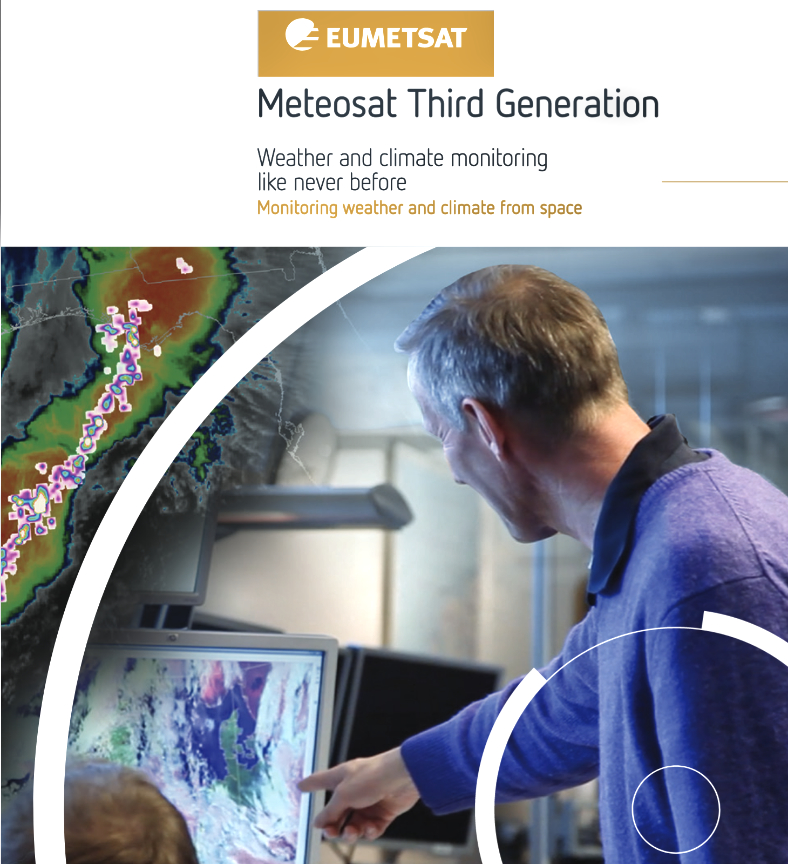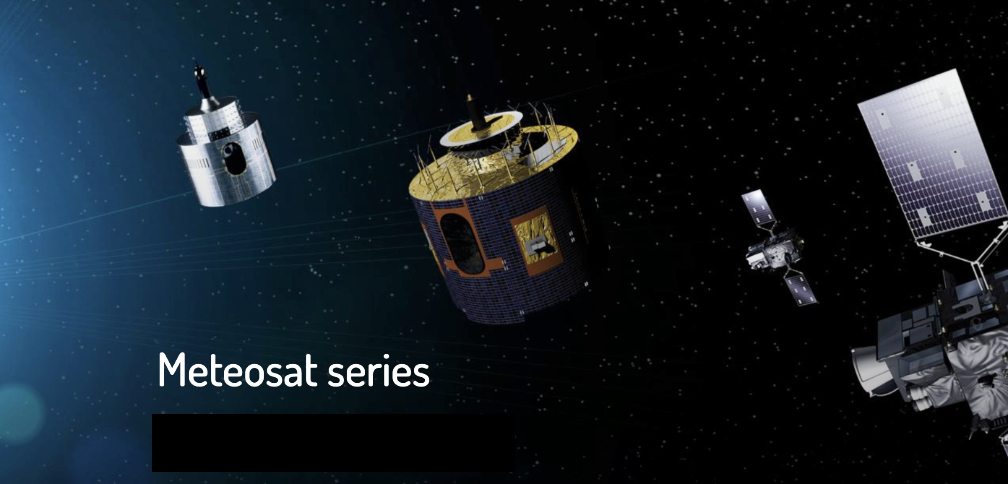
European communities and their economies will be the direct beneficiaries of a new meteorological satellite system — Meteosat Third Generation — which will start to be deployed later this year.

In the current context of changing climate, severe weather events are becoming more frequent and affect the whole of Europe. Floods from Storm Bernd in the summer of 2021 left more than 180 people dead in Germany and Belgium and caused billions of euros damage, while the consequences of the record drought and fires in the summer of 2022 will be long lasting.
The European Environment Agency estimates that weather and climate-related events caused as much as €520 billion in economic losses in the EEA between 1980 and 2020. Up to 145,000 lives were lost over the same period.
The first satellite in the system, an imaging satellite that will provide higher resolution, more precise images of Europe and Africa every 10 minutes, will be launched at the end of the year.
The MTG system shows what can be achieved through international collaboration and cooperation. A system like this would not be able to be deployed by any one of EUMETSAT’s member states alone but it was made possible by combining their expertise and industrial capacities. Belgian scientific and industrial expertise was integral to the development of this system.
When fully deployed, the MTG spacecraft constellation will consist of three satellites – two imagers and one sounder – in a geostationary orbit 36,000 km. above the Earth. EUMETSAT will operate the satellites, process the data from their instruments and disseminate those data to its member states and users around the world.
The MTG system will produce at least 50 times more data, when fully deployed and operational, than the Meteosat Second Generation system. Images of Europe will be produced every 2½ minutes and of Europe and Africa (the full disc) every 10 minutes. The Meteosat Second Generation satellites currently on-orbit produce images of Europe every 5 minutes and of Europe and Africa every 15 minutes.
The Lightning Imager instrument will continuously observe lightning over the fully disc, between clouds and from clouds to the ground, contributing to aviation safety. The Infrared Sounder instrument will detect instability in the atmosphere, before clouds have formed.
This will be the first time EUMETSAT will have an infrared sounding instrument on a satellite in geostationary orbit. The Copernicus Sentinel-4 instrument to be flown aboard the MTG sounding satellites will observe air quality over Europe. The MTG budget was approved at 2.9 billion euros (2022 economic conditions).
Royal Meteorological Institute of Belgium Director-General, Daniel Gellens, said, “The MTG system, once fully deployed, will allow us, for the first time, to track the full lifecycle of storms from space. We will be able to detect initial instability in the atmosphere before clouds form, monitor the development of storms and track lightning activity. This is a hugely significant development and we have been working with EUMETSAT to prepare to make the best possible use of the data from MTG.”
EUMETSAT Director-General, Phil Evans, said, “The Meteosat Third Generation (MTG) system is the most complex and innovative geostationary meteorological satellite system ever built. The purpose of this multi-billion-euro investment is to provide meteorological services in our member states with a vastly increased amount of more precise information which will help them protect lives, property and infrastructure. This system will, literally, save lives.”
